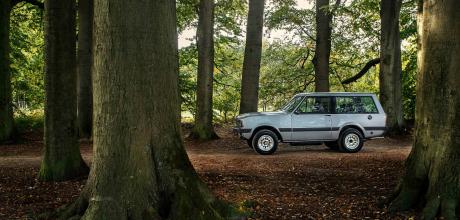1981 Monteverdi Safari 5.7
The popularity of the SUV knows no ending and even traditional, luxury, and sports-car Manufacturers are cannibalizing their brand values and butchering their heritage to find a way into the over-crowded segment. Swiss Motorsport Specialist and Car Manufacturer Monteverdi was a true visionary when he offered a coach-built luxury SUV as early as the 1970s.
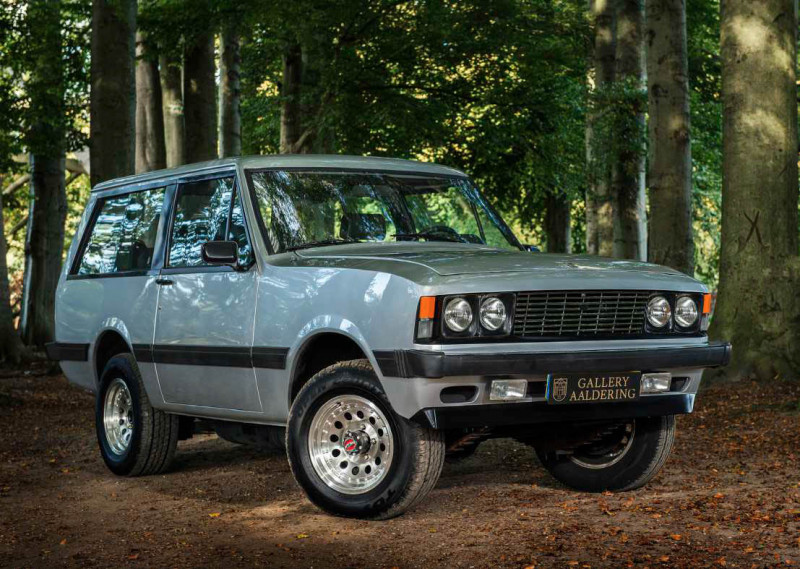
BY THE MID-1970S MONTEVERDI MADE A RADICAL DECISION: THE EXCLUSIVE AND EXPENSIVE HIGH SPEED MODELS WERE ABANDONED AND THE COMPANY ENTERED THE RELATIVELY-NEW AND UPCOMING SEGMENT OF LUXURY OFF-ROADERS
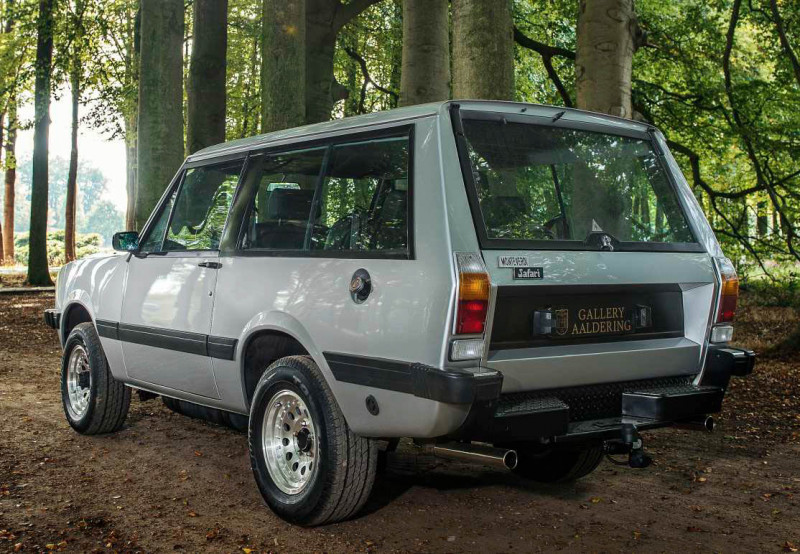
Peter Monteverdi never reached the ranks of Enzo Ferrari or Ferruccio Lamborghini, but his boutique workshop was no less intriguing and his level of ambition easily matched that of the two famous Italians. His small Binningen-based (near Basel in Switzerland) company started in the late-1950s, under the name “Monteverdi Basel Motoren” (MBM): designing and racing single-seaters with the ambition of racing in the Formula 1. After an early retirement in a non-championship Formula-1 race, in 1961, and writing off his only Formula-1 car shortly after, Monteverdi shifted his attention from racing and back to his successful Ferrari, Rolls-Royce, and Bentley import companies. Meanwhile, new management in Maranello kept pushing him to increase his off-take while having to pre-finance the cars himself – even though, his sales numbers had been well-above average. This motivated Monteverdi to not only abandon his position as one of the five official Ferrari Distributors in Switzerland, but to turn against the might of the prancing horse. In that regards, Monteverdi and Lamborghini are not that different; although, Lamborghini’s story became more and more mythical over time – while hardly anybody ever heard of the Swiss Entrepreneur.
AS A RESULT OF THE AMERICAN UNDERPINNINGS, MONTEVERDI WAS ABLE TO OFFER VARIOUS V8 ENGINES: RANGING FROM LARGE TO RIDICULOUS
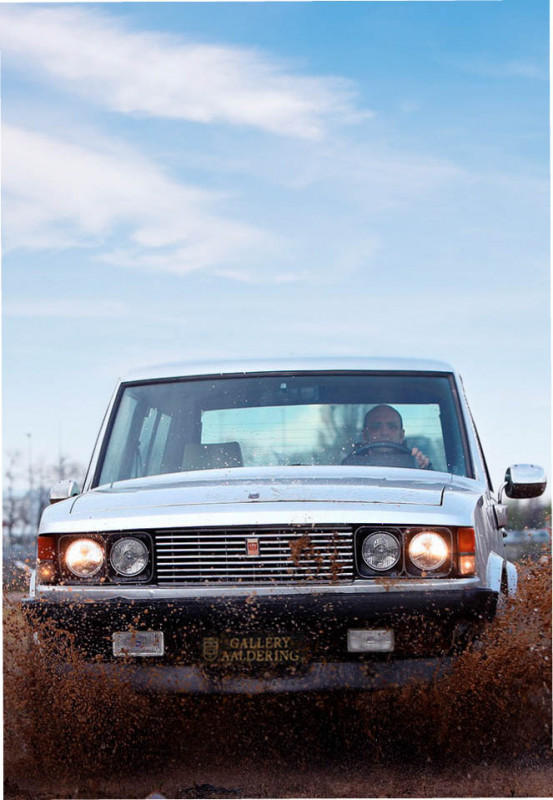
Eventually, the fed-up Monteverdi decided the time was ripe and he started his own luxury-car company. He believed that there were customers with an appetite for the exclusivity, power, and looks of a Ferrari, but with creature comforts like an automatic transmission, power steering, and other amenities. He preferred the brawn of Detroit V8 muscle over the daintiness of Italian V12 engines; and took a serious amount of additional horsepower as a bonus. The ambitious first attempt to enter this niche market was the High Speed 375 S, in 1967. This elegant GT was designed and built by the Italian company Carrozzeria Fissore; and, after a positive reception, a 2+2 followed and became the base model. More variants were added: like a convertible called the 375/C and an extremely-cool sedan carrying the name 375/4.
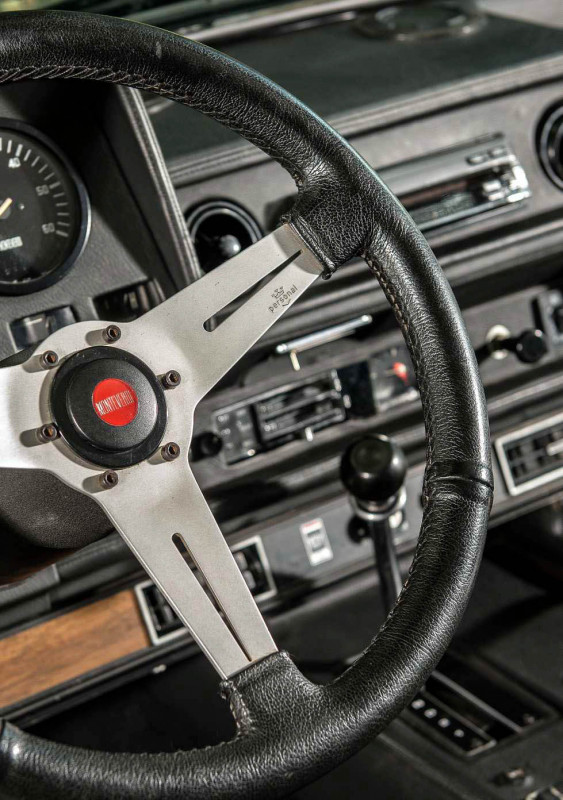
By the mid-1970s – after the global oil crisis of 1973 and 1974 – Monteverdi made a radical decision: The exclusive and expensive High Speed models were abandoned and the company entered the relatively-new and upcoming segment of luxury off-roaders – talking it up against Range Rover and Jeep with the Wagoneer. In 1976, the Monteverdi Safari was shown to the public in Geneva – marketed as an even more exclusive alternative to the aforementioned models. Unlike the English and American competitors, Monteverdi used the underpinnings of an existing vehicle – in the form of the rugged International Harvester Scout – making the Safari a coach-built vehicle.
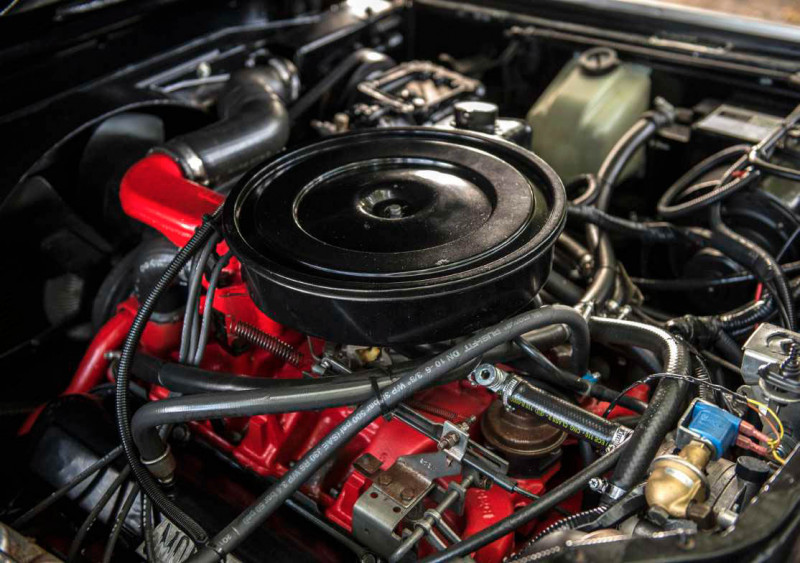
Like the Range Rover, the Safari was only available as a three-door with a split tailgate. A few years later, though, Monteverdi would cleverly secure a slice of the lucrative Range- Rover cake for himself: He developed and built a Fissore-designed five-door variant of the Range Rover; then, began to sell it with permission from Land Rover. Now that coachbuilding is experiencing a renaissance these days – with increasing amounts of showpieces and one-offs finding their way into the private collections of well-to-do car afficionados and speculators alike – these Monteverdi Range Rovers are set to become coveted collector’s items. Get one while they are still affordable! You will thank us later …
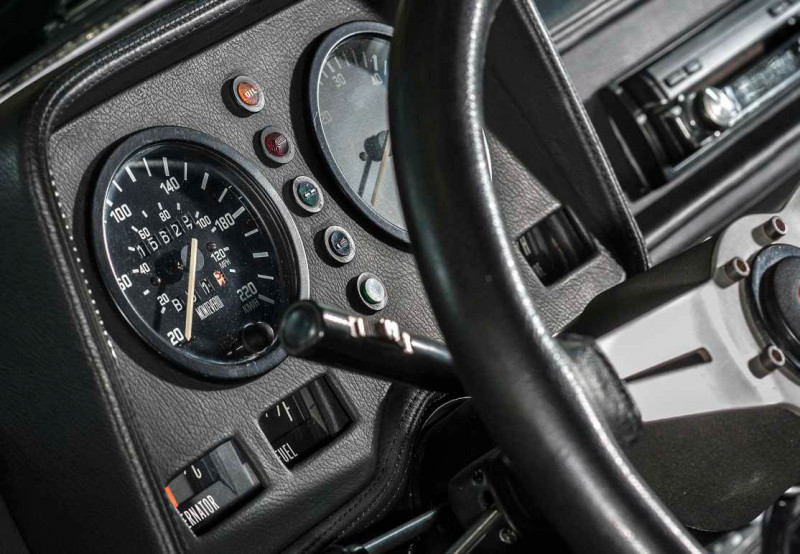
As a result of the American underpinnings, Monteverdi was able to offer various V8 engines: ranging from large to ridiculous; all linked to a three-speed automatic or an optional four-speed manual. Three engines came from Chrysler: starting with a 318 ci (5,210 cc) with 152 horsepower, followed by a 360 ci (5,899 cc) version with 182 horsepower, and the 440 ci (7,206 cc) with 305 horsepower – this one being the top dog. The most-common powerplant for the Safari was the base 345 ci V8 (5,654 cc) from International Harvester – as found under the bonnet of the car which you see on these pages.
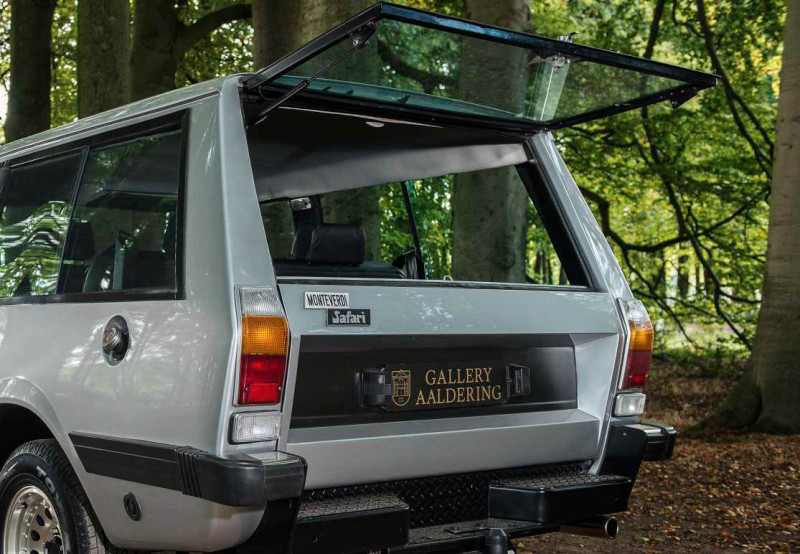
From a mechanical standpoint, you could brush the Safari aside as a cheeseburger with a dab of pesto and a slice of Swiss cheese, but we prefer to see it as an international (no pun intended) blend of carefully-chosen ingredients: resulting in one of the most-desirable SUVs from the late-1970s and early-1980s – until Lamborghini crashed the party with their stupendous LM 002.
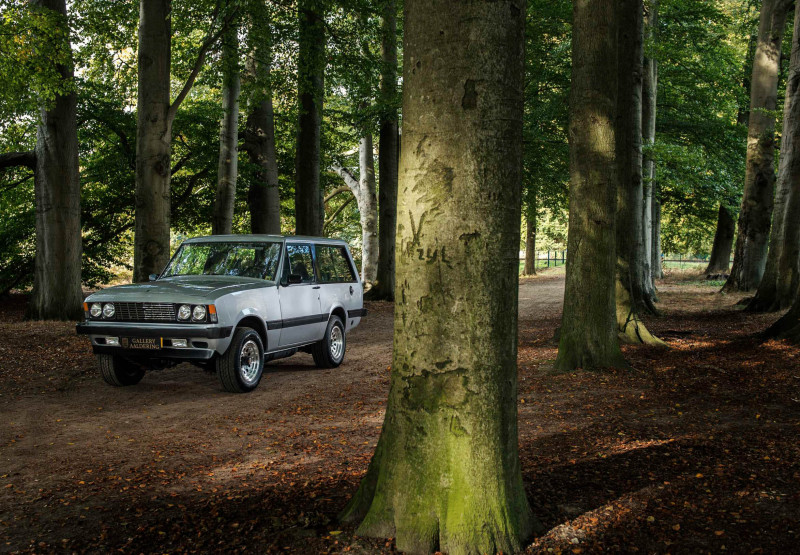
As we tour the Dutch countryside, the sound of the 5.7 V8 is obviously American – with a deep and dark rumble at tick over, turning into a nice background burble at speed. With well over two tons to haul around and only 165 horsepower, the Safari is far from quick and the word “agility” never reached its vocabulary. Primarily, this is the result of the ladder frame, the rigid axles, and leaf springs which came with the American inheritance. The automatic three-speed adds one more typical-American character trait, forcing the driver to take it easy and let the 292lb-ft of torque do the work. Surprisingly, the ride is smooth and comfortable, but potholes and ridges occasionally send a shiver through the ladder chassis because of the enormous unsprung weight. Adding to that comfort are large and soft seats; as well as, the generous amount of cabin space. Only the steering wheel is covered in real leather, with faux leather covering the seats for practical reasons. This shows that Monteverdi intended the Safari as a practical off-road vehicle for his mainly-Saudi customer base – in a time when these vehicles were still used as intended, rather than being mere trophy trucks for self-promoters. The fact that front-wheel-drive had to be engaged and the drivetrain was rear-wheel-drive by default were regarded as big plusses for both the handling of the Safari and the fuel consumption – that was a strong point just after the oil crisis. At its launch, the Safari was a bit of a surprise; but it was not seen as a step down from the exclusive GT cars which Monteverdi offered before. Actually, his status and reputation were proofs of quality: so the Safari was regarded as a welcome extention to the portfolio. If there is anything to complain about, it must be small add-on parts both inside and out: Some of the switch gear in the interior came straight from the shelves of International Harvester and the rear lights, for instance, are from a Peugeot 504 Break. This may look out-of-place on a handbuilt exotic, but let us not forget that, back in those days, this was how small Manufacturers had to cut costs without sacrificing quality.

Calling the Safari the first luxury SUV would be an alternative fact because that ancient battle is between the Chevrolet Suburban and Jeep Wagoneer. It is fair to say that this Swiss luxury off-roader was the first hand-built exotic in this segment: only to be followed by the Lamborghini LM002, in the mid-1980s – a few years after production for the Safari had ended, in 1982.
Not long after the car production had ended, the head office in Binningen transformed into the Monteverdi Car Collection, in 1985. Monteverdi’s urge to get into Formula 1 was as strong as ever, though. With the acquisition of a 50-percent share in the Onyx Formula-1 team, in 1989, Peter Monteverdi took a second shot at pursuing his dream in the 1990 season. This time, his team managed to attend ten races and claimed a seventh place at the Monaco Grand Prix with Swiss Driver Gregor Foitek behind the wheel. Once again, financial problems kept Monteverdi from staying afloat and the team withdrew after only ten of the 16 Grand Prix races that season.
Looking back on the extensive history of Monteverdi, it is easy to see mainly setbacks and failures: but those with a fascination for exclusive cars and racing will only see highlights and masterpieces! Peter Monteverdi may not have achieved what his main rivals managed to pull off, but his legacy is truly impressive, and the Safari is a true testament of his keen sense for unique and exotic cars.
WITH WELL OVER TWO TONS TO HAUL AROUND AND ONLY 165 HORSEPOWER, THE SAFARI IS FAR FROM QUICK AND THE WORD “AGILITY” NEVER REACHED ITS VOCABULARY


